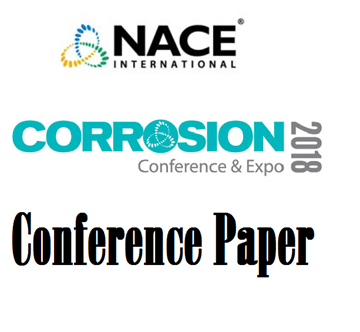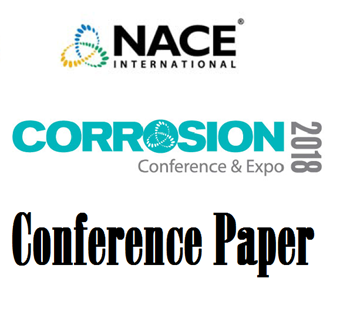Search
51318-10863-Behavior of Titanium Exposed to Fresh and Spent Dilute HF Acid Well Stimulation Fluids
Also Purchased
Effective Inorganic Salt Corrosion Inhibitors for Titanium Components Exposed to Dilute Hydrofluoric Acid Well Stimulation Fluids
Product Number:
51317--8978-SG
ISBN:
8978 2017 CP
Publication Date:
2017
$20.00
51318-10921-Titanium Alloy Stress Corrosion Resistance to Methanol Vapor in Hydrocarbon Gas Export Systems
Product Number:
51318-10921-SG
Publication Date:
2018
$20.00
51318-10862-ASSESSING THE IMPACT OF INSULATION CHOICE ON CORROSION IN A HIGH HUMIDITY DUAL TEMPERATURE ENVIRONMENT
Product Number:
51318-10862-SG
Publication Date:
2018
$20.00




